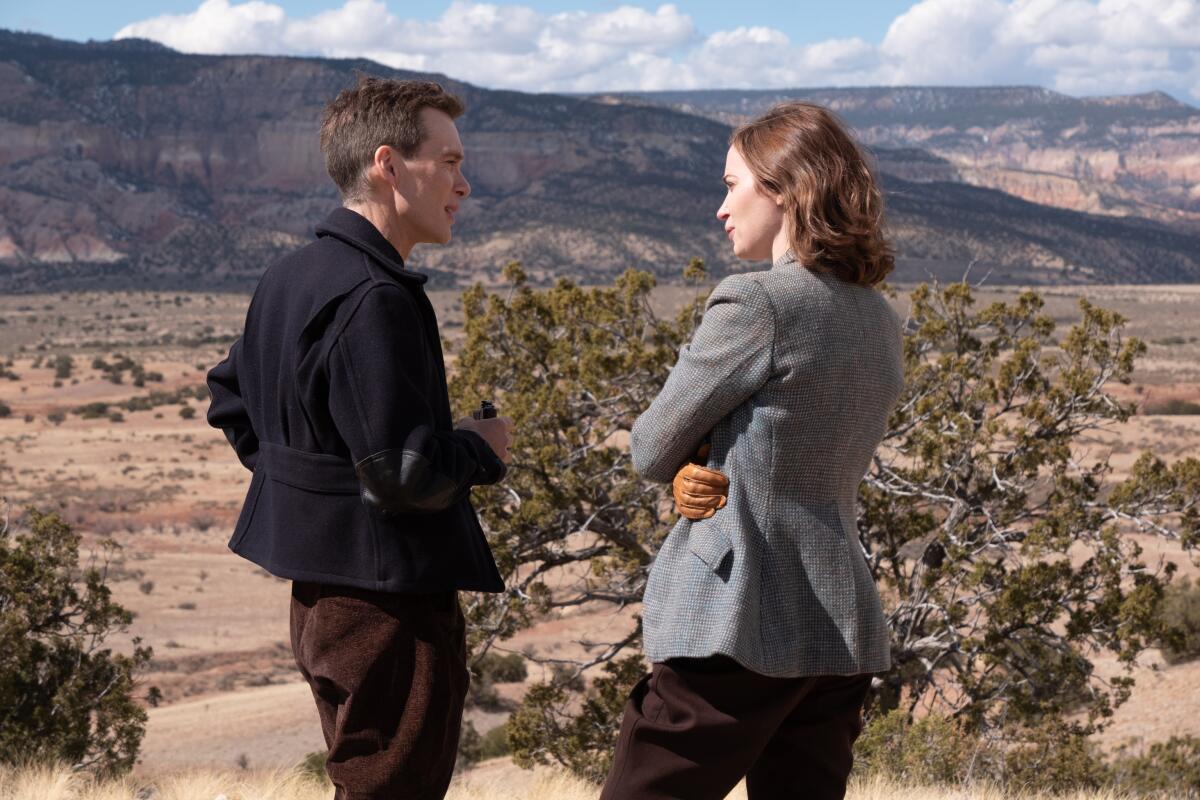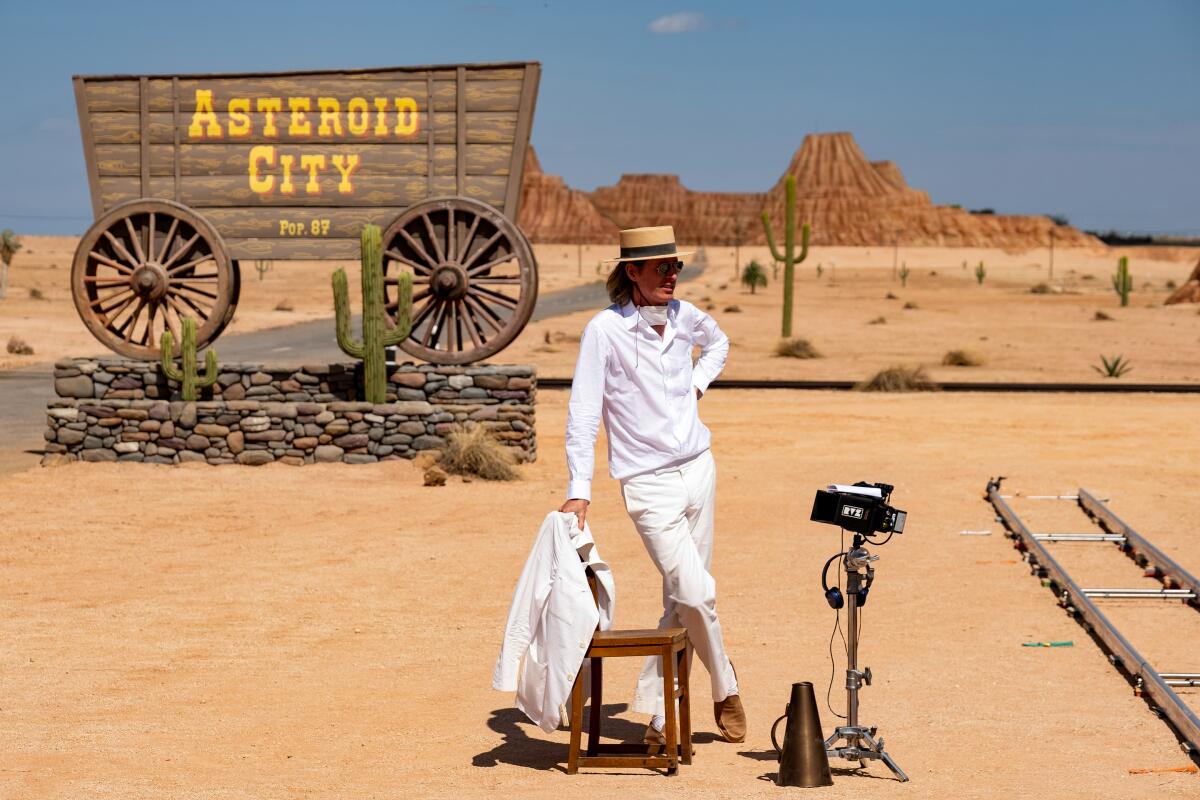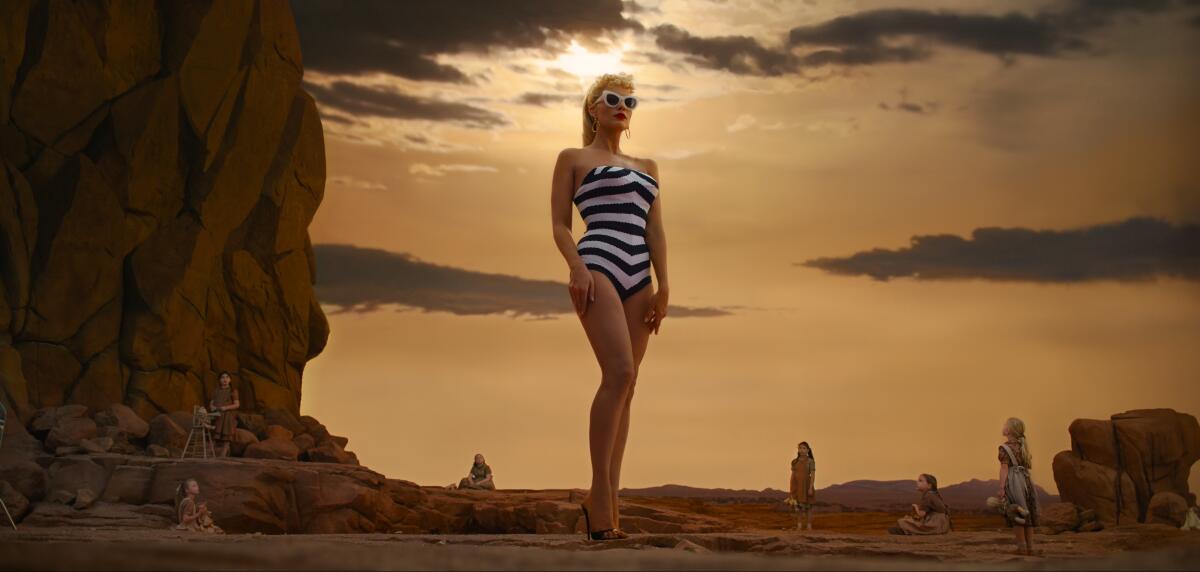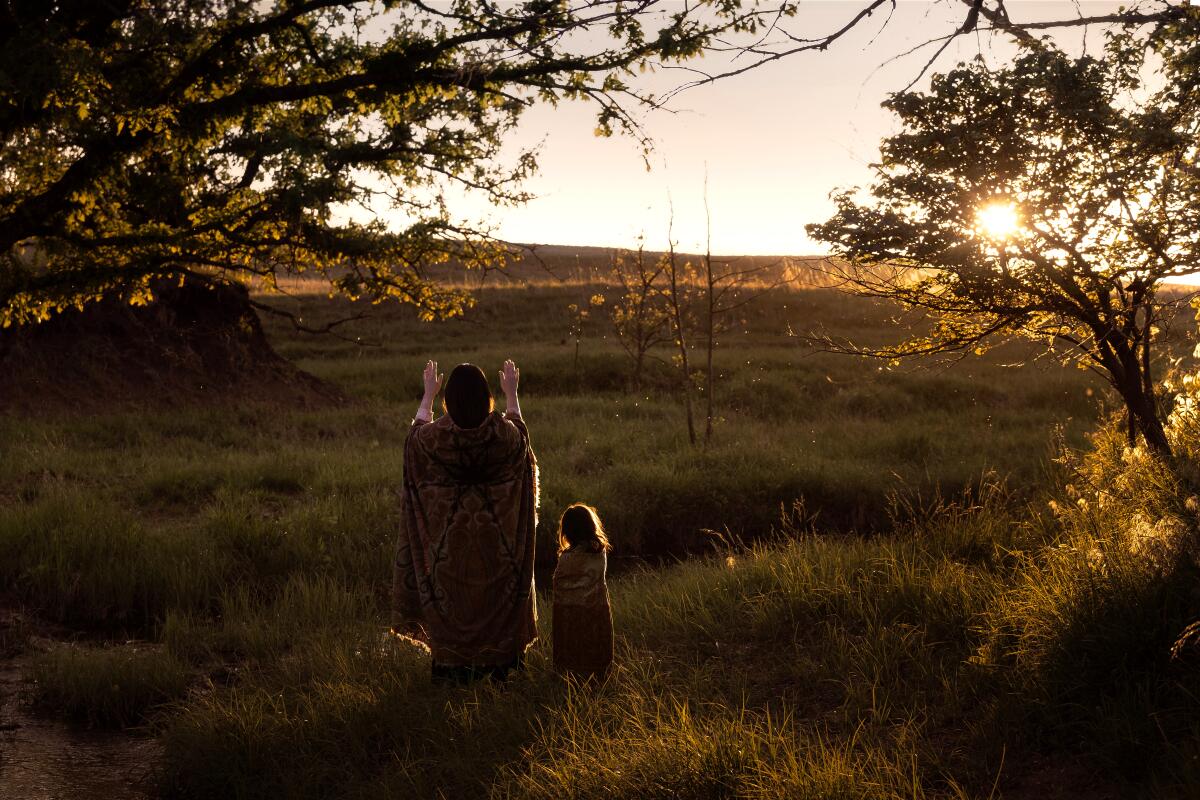Director: Martin Scorsese
Place in story: Osage Nation, Oklahoma, in the town of Fairfax
Place in real life: Osage Nation, Oklahoma, in nearby Pawhuska
Time: 1919-26
Production designer: Jack Fisk (“There Will Be Blood,” “Days of Heaven”)
Influences: Director Martin Scorsese cites “Red River” (1948), “A Place in the Sun” (1951), “Giant” (1956) and “Wild River” (1960) as touchstones. “This film is Marty’s western,” notes Fisk, who relied on nonfiction sources for inspiration. “I read journals. I look at documentaries. I look at period photographs — anything that will give me a glimpse into what it was really like. You’re chipping away and trying to get back to what it looked like 100 years ago.”
A taste of history: Fisk covered the streets of Pawhuska with dirt to capture the period look of Fairfax’s main drag, Kihekah Avenue. “You see the car tracks, and suddenly, you’re back in time,” he says. “We were building Fairfax from 1919 to 1926, and all the ghosts were there.”
Authenticity factor: In Oklahoma, Fisk visited the home where the movie’s real-life characters Mollie Burkhart (Lily Gladstone) and her mother, Lizzie Ne Kah Es Sey (Tantoo Cardinal), once lived. “I looked at the placement of Lizzie’s house in Gray Horse. There was a stream and then a cemetery up to the right. The land I found had a beautiful stream, and we put the house in a similar position. We built a barn, a roundhouse and a cemetery with about 75 or 100 tombstones fashioned after the original cemetery.”
Mood: Dread. Picturesque rolling hills, verdant pastures and golden fields of grain provide a deceptively bucolic setting despoiled by greed, treachery and murder.











